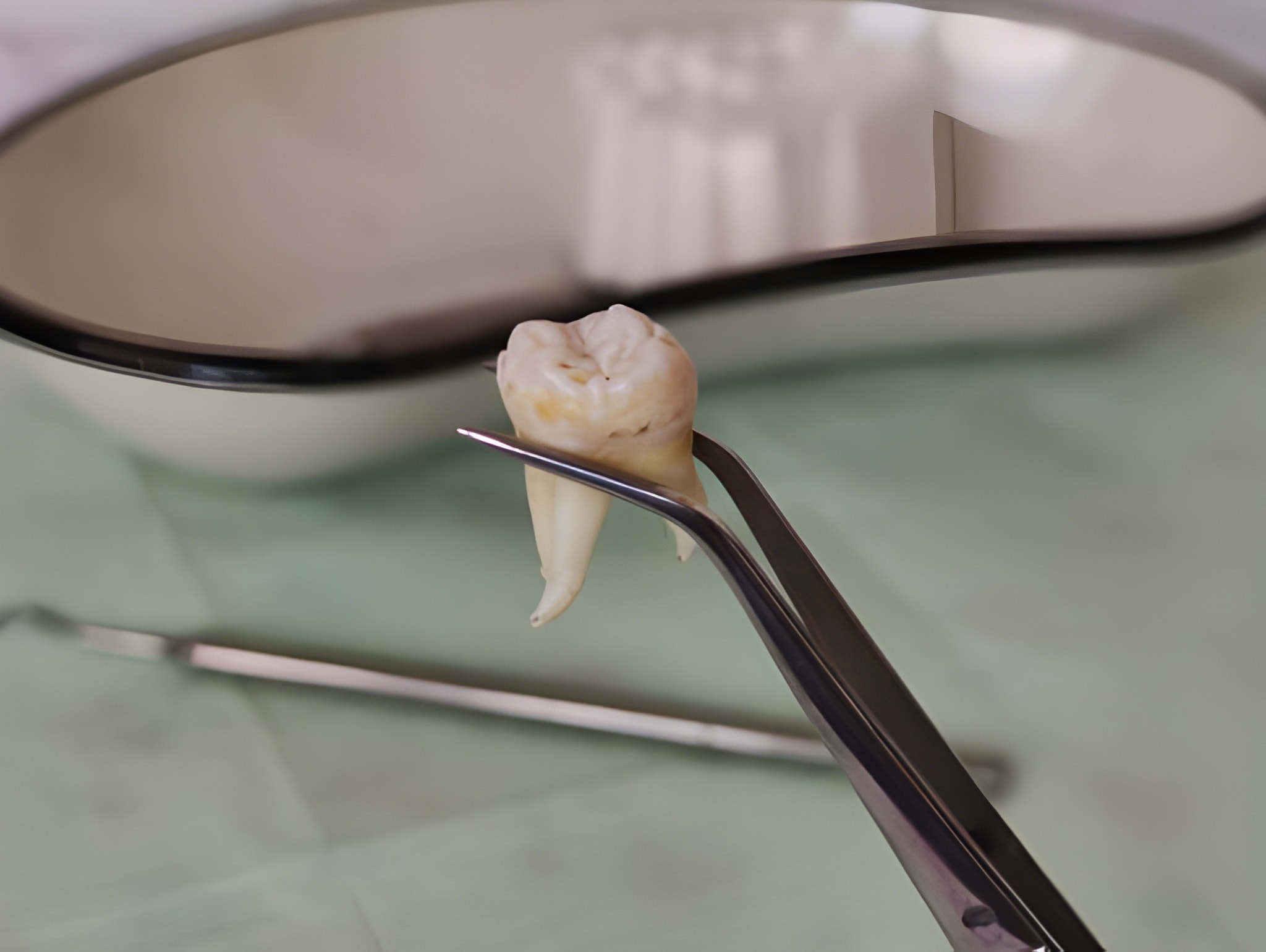Summary:
A persistent toothache can easily disrupt your life. This minor discomfort, as many might think, can make it hard for you to eat or focus on simple tasks.
Your daily routine and mood can be affected by something that was once a minor discomfort, which would then become a constant distraction. Yet most people shy away from talking about the underlying issue that a toothache can cause.
Thus, when saving your natural tooth is no longer an option, tooth extraction comes to the rescue, bringing relief and also preventing any further oral problems. At Lubbock Dental Care, we understand how nerve-wracking dental extractions can be. This is why our team focuses on safe, gentle, and stress-free procedures.
In this article, we will cover:
- When Is Tooth Extraction Necessary?
- The Tooth Extraction Procedure Explained
- Aftercare and Recovery Tips
Continue reading as we learn more about tooth extractions in the following sections.
When Is Tooth Extraction Necessary?
No one likes or agrees with the idea of getting a tooth extraction done, but sometimes it is the best choice for your overall oral health. Extractions at the dental office in Lubbock, TX, are usually the last resort that dentists recommend; they always try their best to save your natural teeth whenever and however possible. Thus, there are certain situations when removal becomes necessary. They are:
- Severe Tooth Decay or Infection: When decay reaches deep into the tooth or causes a severe infection that cannot be treated with a root canal.
- Advanced Gum Disease: This can loosen the teeth and damage surrounding bone, making extraction the safest option.
- Crowded or Impacted Teeth: Often seen before orthodontic treatments or when wisdom teeth push against others.
- Tooth Damage Beyond Repair: Cracked or broken teeth that can’t be restored with crowns or fillings may need removal.
Further complications, pain, and swelling can be prevented by timely extraction. Your dentist ensures that the process is safe, smooth, and focused on restoring your comfort and oral health with modern techniques and gentle care.
The Tooth Extraction Procedure Explained
Having a tooth removed can sound a little scary to some people, but with the help of modern dental techniques, this process is made much more comfortable and quicker than most people might expect.
Here is a simple breakdown of what happens during a tooth extraction at your dentist’s office.
1. Initial Examination and X-rays
Your dentist will carefully examine your mouth and take one or more X-rays as needed, before beginning any treatment. These images, taken during the starting phase, help the team to determine the position of the tooth, its roots, and the surrounding bone structure. This particular step of examining the oral health of the patient carefully ensures that the extraction is planned safely and smoothly.
2. Simple vs. Surgical Extraction
- Simple extraction: This is done when the tooth is visible above the gum line. The dentist gently loosens the tooth with a special tool and removes it easily.
- Surgical extraction: This procedure is necessary when a tooth is broken, impacted, or not fully visible. In this case, a small incision is made in the gum to remove the tooth safely.
3. Ensuring Comfort
Your dentist will use local anesthesia to numb the area where the treatment is performed, ensuring you are completely at ease. Also, mild sedation options may be available for patients who feel a bit more anxious.
4. The Extraction Process and Aftercare
Once the tooth is loosened, it’s carefully removed. Afterward, gauze is placed to help control bleeding. Your dentist will share simple aftercare tips, like avoiding hard foods and keeping the area clean, to support quick healing.
Tooth extractions today are made safe, efficient, and far less intimidating than they used to be because of the gentle care and the right approach followed.
Aftercare and Recovery Tips
Following the right steps when it comes to after-care for tooth extractions in Lubbock, TX, can make all the difference to your comfort and recovery. Mentioned below are some of the aftercare and recovery tips that are easy to understand, practical, and supportive.
Manage Swelling with Cold Compresses
- For the first 24–48 hours, gently apply a cold pack or ice wrapped in a thin cloth on the outside of your face, near the extraction site.
- Use for about 15-20 minutes on, then 20 minutes off.
- This helps reduce swelling and numbs any discomfort.
Follow Prescribed Medication Instructions
- Take any pain‐relief or antibiotic prescriptions exactly as your dentist instructed.
- Do not skip doses and finish the full course of antibiotics if given.
- Over-the-counter pain relief may also be helpful, but consult your healthcare provider first.
Stick to Soft Foods for a Few Days
- Eat soft, gentle foods like yogurt, mashed potatoes, smoothies, oatmeal, or soup.
- Avoid crunchy, chewy, or hard foods that might irritate the extraction site.
- Stay hydrated, but avoid extreme temperature foods (too hot or too cold) in the extraction area.
Avoid Smoking or Using Straws
- Smoking can restrict blood flow and delay healing, increasing the risk of complications.
- Using a straw creates suction, which may dislodge the blood clot that’s forming in the socket. Dislodging this can lead to a painful condition known as dry socket.
- Therefore, refrain from smoking and using straws for at least a few days.
Recognize What Normal Healing Feels Like
- Mild pain, slight swelling, and some sensitivity are normal. Many feel ready for light activity within 48–72 hours.
- You may notice a white or yellowish film over the socket; this is part of healing, not necessarily infection.
- The gum tissue typically takes 1–2 weeks to close over, while bone healing can take several weeks.
When to Contact Your Dentist
You should get in touch if you notice:
- Severe or increasing pain rather than gradual improvement
- Excessive bleeding or bleeding lasting more than a few hours
- Swelling that worsens after 3-4 days instead of improving
- Bad taste in the mouth, pus, fever, or other signs of infection
- Any numbness or tingling that doesn’t resolve
You give the best chance for a smooth and speedy recovery by sticking to these after-care steps.
Why Choose Lubbock Dental Care for Tooth Extractions
- Experienced and caring dentists who make every patient feel at ease.
- Advanced technology ensures quick, precise, and gentle extractions.
- Personalized treatment plans focused on comfort and recovery.
- Sedation options are available to help you stay relaxed throughout.
- Clean, modern, and welcoming facilities that patients appreciate.
Takeaway
- Tooth extractions at Lubbock Dental Care are gentle, safe, and designed to relieve pain quickly and effectively.
- Following simple aftercare steps ensures smooth healing and prevents complications.
- With experienced dentists and modern technology, you can expect a comfortable and stress-free experience.

